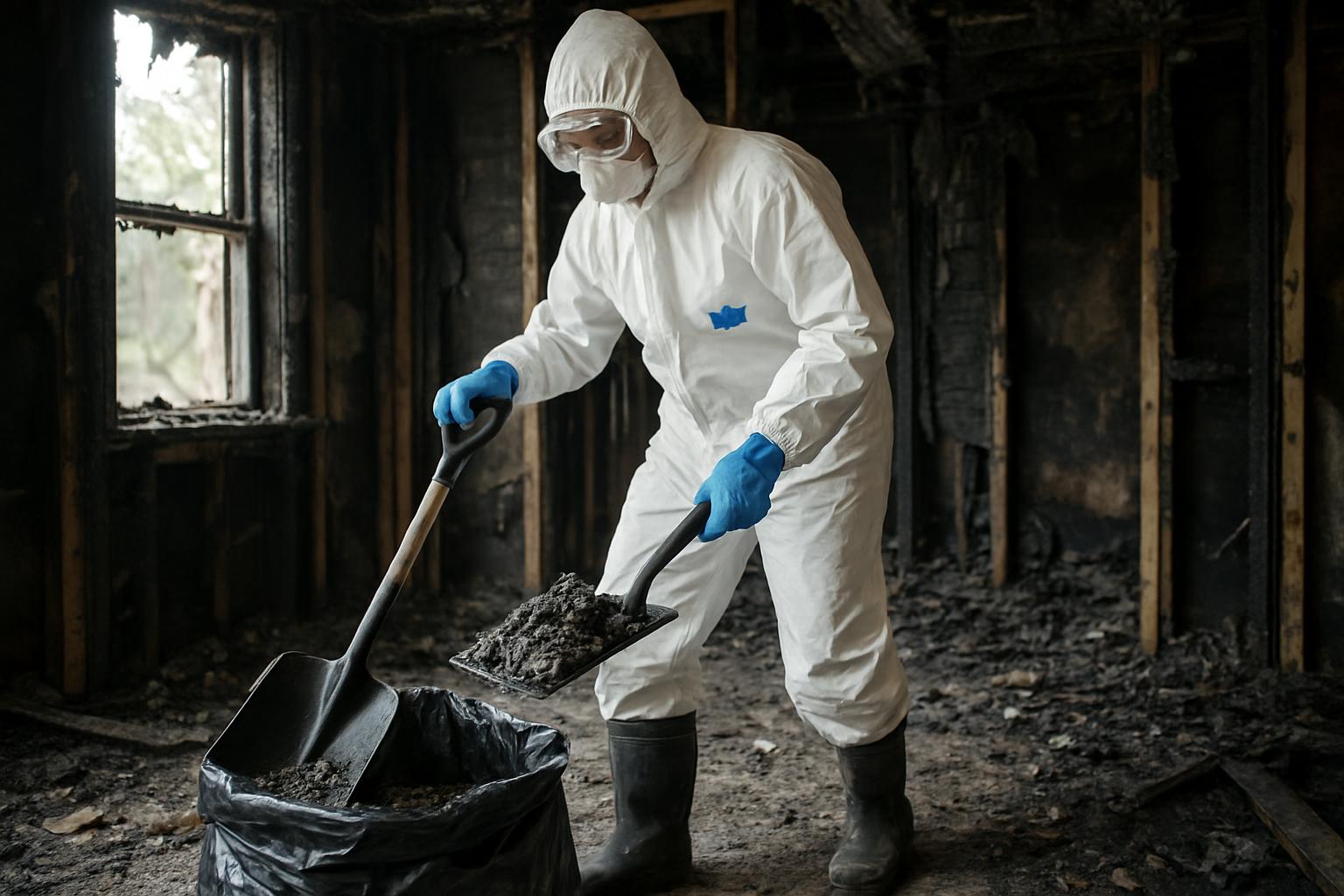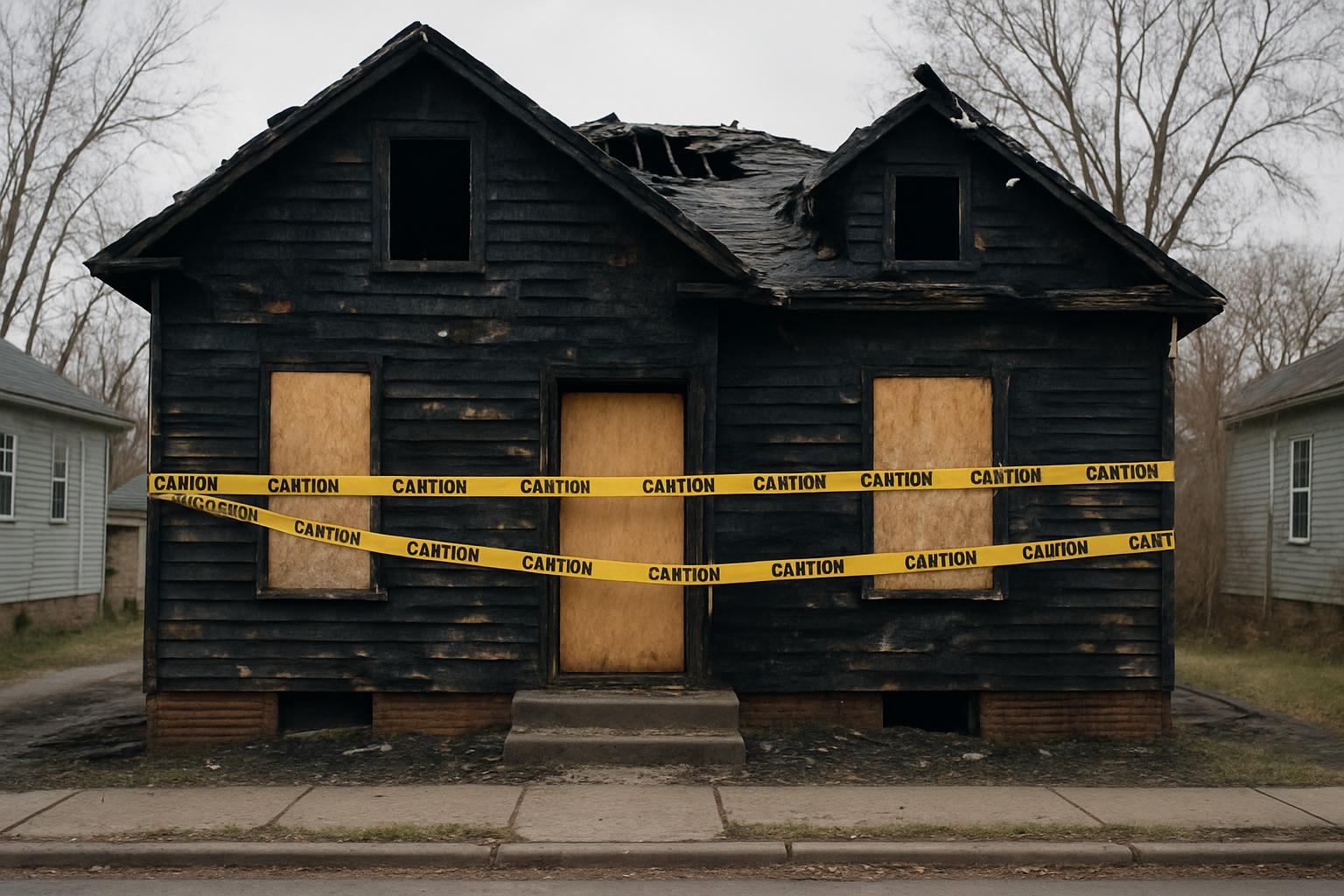Experiencing a fire in your home is a traumatic event that leaves behind physical damage and emotional stress. Once the fire is extinguished, it’s natural to want to return to your home as soon as possible. However, re-entering your property prematurely can pose serious health and safety risks. As a remediation specialist, I recommend following this safety checklist to ensure your home is safe before you step back inside.
What to do
Wait for Clearance from Authorities
Never attempt to enter your home until the fire department or relevant authorities have declared it safe. Firefighters conduct thorough checks to identify structural damages, hazardous materials, and other risks. Entering without official clearance can expose you to dangerous conditions.
Assess Structural Stability
Fire can weaken the structural integrity of your home. Look for signs such as sagging ceilings, cracked walls, damaged floors, or unstable staircases. If you notice any of these, do not enter until a professional structural engineer or contractor has inspected and declared the property safe.
Check for Hazardous Materials
Burned household items can release toxic fumes and residues. Additionally, gas lines and electrical wiring may be compromised. Ensure that utility services (gas, electricity, water) have been turned off and inspected by qualified technicians to prevent the risk of electrocution, gas leaks, or explosions.
Wear Protective Gear
If you must enter the home for any reason before remediation work begins, wear appropriate personal protective equipment (PPE). This includes gloves, sturdy boots, long sleeves, respiratory masks, and eye protection to minimize exposure to soot, ash, and hazardous particles.
Ventilate the Property
Once it is safe to enter, open windows and doors to ventilate the home. Proper airflow helps remove lingering smoke odor and airborne contaminants. However, this step should be done only after ensuring that the structure is stable and utilities are safe.
Document Damage for Insurance
Before any cleanup or repairs, document the damage thoroughly with photos and videos. This documentation is essential for insurance claims and can assist remediation specialists in creating a tailored restoration plan.
Consult Remediation Professionals
Fire damage restoration requires expertise beyond general cleaning. Contact certified fire remediation specialists who can safely remove soot, clean contaminated surfaces, and restore your home to a safe and livable condition.
Avoid Using Appliances or Utilities
Until professionals inspect and repair your utilities, avoid using electrical appliances, water systems, or gas-powered devices. Damaged infrastructure can cause further hazards or damage.
Be Mindful of Mental Health
Returning to a fire-damaged home can be emotionally challenging. Seek support from family, friends, or professional counselors to help cope with the trauma and stress.
Service such as Lifeline (13 11 14) are great services that can help you though traumatic experience like this.

Returning Home
Re-entering your home after a fire is a process that requires careful caution and thorough preparation to ensure your safety. It is essential to prioritize your well-being by following a detailed checklist designed to prevent injury and facilitate a smoother, more efficient restoration process.
Always place your trust in the expertise and guidance of fire authorities and experienced remediation specialists, who are trained to assist you through this challenging and emotional time. Remember, your safety and overall well-being must always come first above all else.

